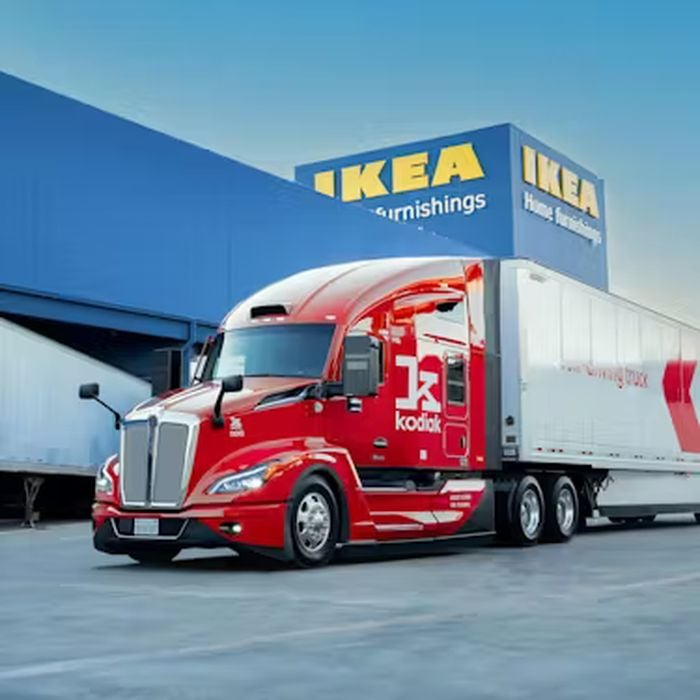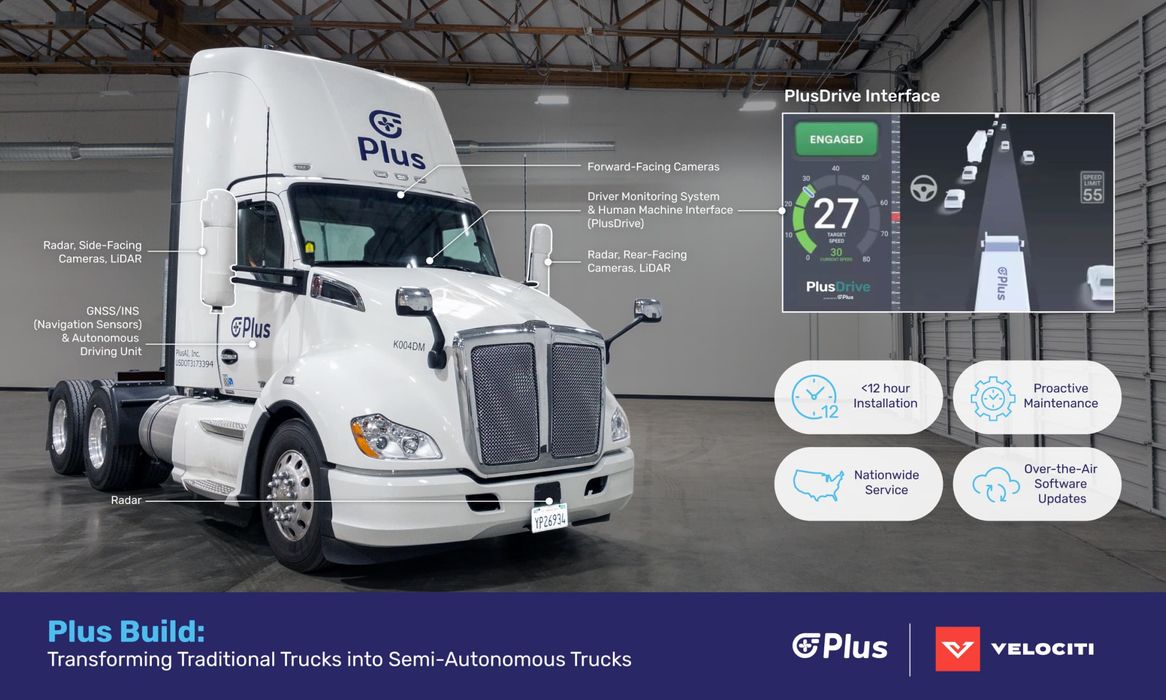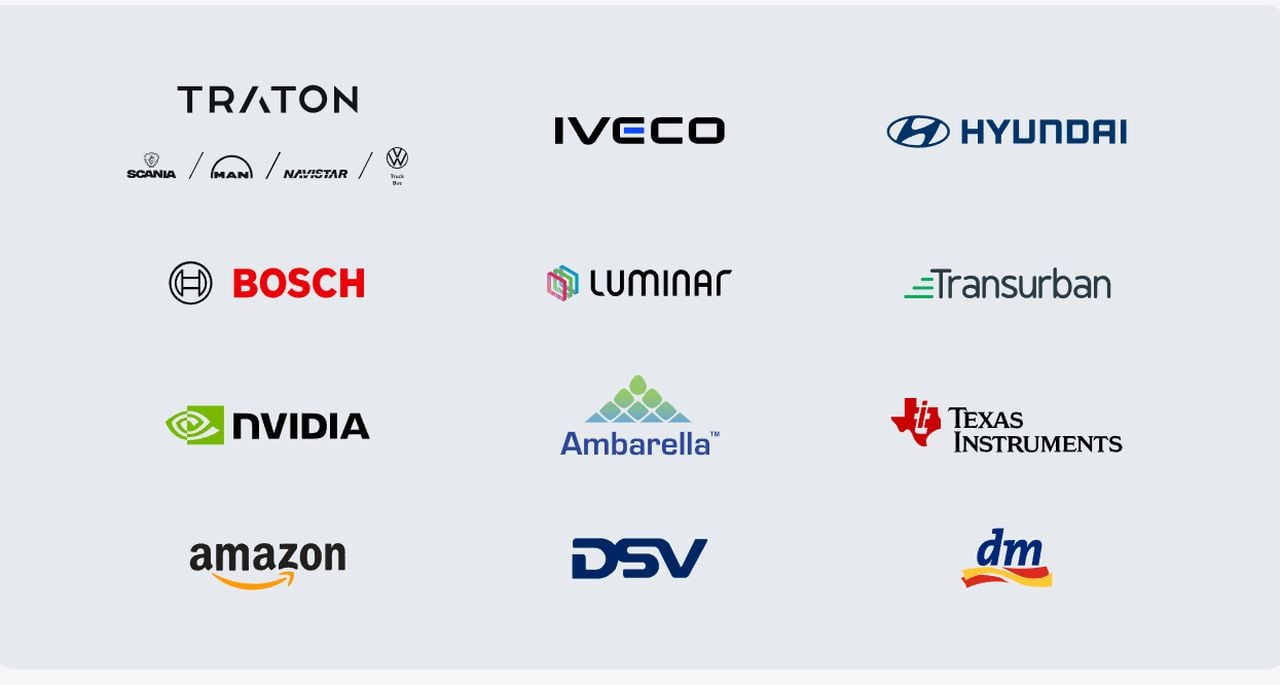
Charles R. Goulding and Preeti Sulibhavi consider how autonomous trucks and 3D printing are transforming the trucking industry and reshaping the future of logistics.
The world of autonomous driving is often associated with passenger cars, but it’s in the tractor-trailer truck category that the most groundbreaking advancements are taking place. While flashy headlines about self-driving cars dominate public discourse, autonomous trucks are quietly but rapidly reshaping the transportation and logistics landscape. This shift is driven by a perfect storm of technological innovation, economic necessity, and the persistent challenges faced by the trucking industry, such as driver shortages.
The implications of autonomous trucks extend beyond the vehicles themselves. They touch every aspect of logistics, infrastructure, and even manufacturing, with 3D printing poised to play a significant role in supporting this transformation. Let’s delve deeper into how autonomous driving is redefining trucking and the downstream effects this revolution will have.
Why Trucks Lead the Way in Autonomous Driving
Unlike passenger vehicles, which face regulatory and consumer trust hurdles, the commercial trucking industry has embraced autonomous driving technologies with open arms. Several factors contribute to this enthusiasm:
- Severe Driver Shortages
The American Trucking Associations estimate a shortage of approximately 80,000 drivers, a number expected to rise in the coming years. The high turnover rates in the industry compound this problem, with companies spending significant time and money recruiting, onboarding, and training replacements. Autonomous trucks present a clear solution by reducing reliance on human drivers. - Cost Savings and Efficiency
Human-driven trucks introduce limitations in operating hours due to mandatory rest periods. Autonomous trucks, free from such constraints, promise uninterrupted cross-country hauls, reducing delivery times and cutting costs. - Business Agility
Businesses are more willing to adopt revolutionary technologies in commercial settings where ROI is clear. Autonomous trucking’s ability to address logistical bottlenecks and labor costs has made it a focal point for investment and innovation.

Key Players and Partnerships
Two prominent players leading the charge in autonomous trucking are Plus AI and Kodiak Robotics. These companies are pioneering software solutions for self-driving trucks and have attracted substantial partnerships and investments from industry giants.
Plus AI
Plus AI has forged alliances with three of the world’s leading truck manufacturers, illustrating the widespread industry support for its technology. Companies like Bosch and Goodyear are also involved, leveraging their expertise in components and systems to ensure Plus AI’s success. These partnerships underscore the growing confidence in autonomous truck adoption.
Kodiak Robotics
Kodiak Robotics has made headlines for its collaborations with major trucking companies and investors. Among its notable backers is Pilot, the large, renowned truck stop operator. Partnerships with companies like IKEA further validate the viability of Kodiak’s autonomous solutions, particularly in long-haul logistics. Such collaborations signal a broader industry acknowledgment that autonomous trucks are the future.
Redesigning Trucks for Autonomy
Traditional trucks are designed around human operators, with features prioritizing driver visibility, comfort, and safety. Autonomous trucks, however, upend these design principles.
- Eliminating Human-Centric Features
Autonomous trucks don’t require windshields, driver cabins, or human comfort systems such as air conditioning, entertainment systems, and sleeping accommodations. The removal of these elements not only reduces manufacturing costs but also allows for streamlined, purpose-built designs focused solely on cargo delivery. - Enhanced Cargo Efficiency
By reallocating space previously used for human needs, autonomous trucks can increase cargo capacity. This efficiency improvement directly benefits businesses by maximizing the payload per trip. - Integration with 3D Printing
3D printing can play a crucial role in manufacturing these new truck designs. Custom components, lightweight materials, and rapid prototyping enabled by 3D printing will accelerate the transition to autonomous truck production.
Truck Stops in the Autonomous Era
The rise of autonomous trucking will also transform the infrastructure that supports the industry, particularly truck stops.
- From Hospitality to Maintenance Hubs
Today’s truck stops are designed for human drivers, offering amenities such as hotel rooms, showers, restrooms, dining, and convenience stores. Autonomous trucks eliminate the need for these services. Instead, truck stops of the future will likely focus on vehicle maintenance, charging stations, and logistical hubs for cargo redistribution. - Energy Considerations
As many autonomous trucks are expected to be electric or hybrid, truck stops will need to invest heavily in charging infrastructure. This shift aligns with broader sustainability goals and the push for greener transportation solutions. - Streamlined Operations
Autonomous trucks could enable just-in-time refueling or charging, eliminating the inefficiencies of long queues or wait times. Predictive analytics and IoT integrations may further optimize these processes.
Key Collaborators With Plus AI:
TRATON GROUP: Plus has partnered with TRATON GROUP brands, including Scania, MAN, and Navistar, to accelerate the global commercial deployment of Level 4 autonomous trucks.
Bosch: In May 2023, Bosch announced a partnership with Plus to power commercial vehicles with semi-autonomous driving features.
Luminar: Plus has collaborated with Luminar to integrate lidar and AI-based assisted driving software for trucking.
FAW Jiefang: Plus.ai established a joint venture with FAW Jiefang to develop self-driving trucks.
Key Customers of Plus AI:

Challenges and Opportunities
While the transition to autonomous trucks and 3D printing integration offers significant benefits, it also presents challenges.
- Regulatory Hurdles
Ensuring the safe operation of autonomous trucks on public roads remains a top priority. Policymakers must balance innovation with public safety concerns. - Economic Impact on Drivers
The shift to driverless trucks raises questions about the livelihoods of truck drivers. Companies and governments must address these concerns through reskilling programs and other support measures. - Technological Standardization
Collaboration across manufacturers, software providers, and logistics companies is essential to establish standards for autonomous trucking systems.
On the other hand, opportunities abound for companies willing to innovate. Businesses that adopt autonomous trucks early can gain a competitive edge through cost savings and efficiency improvements. Similarly, 3D printing firms can position themselves as essential partners in this evolving ecosystem.
The Research & Development Tax Credit
The now permanent Research and Development (R&D) Tax Credit is available for companies developing new or improved products, processes and/or software.
3D printing can help boost a company’s R&D Tax Credits. Wages for technical employees creating, testing and revising 3D printed prototypes are typically eligible expenses toward the R&D Tax Credit. Similarly, when used as a method of improving a process, time spent integrating 3D printing hardware and software can also be an eligible R&D expense. Lastly, when used for modeling and preproduction, the costs of filaments consumed during the development process may also be recovered.
Whether it is used for creating and testing prototypes or for final production, 3D printing is a great indicator that R&D Credit-eligible activities are taking place. Companies implementing this technology at any point should consider taking advantage of R&D Tax Credits.
Conclusion
American commerce depends heavily on trucking, and the industry is undergoing a seismic shift. Autonomous trucks, driven by the twin forces of necessity and innovation, are transforming the logistics landscape. From redesigning vehicles to overhauling infrastructure and leveraging 3D printing, the ripple effects of this revolution will be felt across industries.
For businesses in the 3D printing sector, the rise of autonomous trucks presents both a challenge and an opportunity. By preparing for this transition now, they can help shape the future of transportation and solidify their place in this rapidly evolving industry.
The road ahead is clear: autonomous trucks are not just the future—they’re happening now. It’s time for all stakeholders to adapt, innovate, and seize the opportunities presented by this technological transformation.
